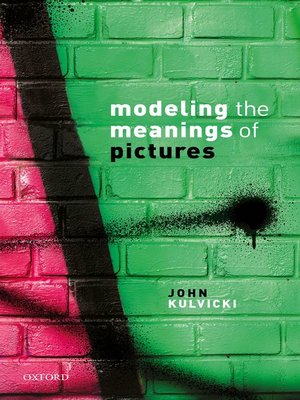
Sign up to save your library
With an OverDrive account, you can save your favorite libraries for at-a-glance information about availability. Find out more about OverDrive accounts.
Find this title in Libby, the library reading app by OverDrive.



Search for a digital library with this title
Title found at these libraries:
| Loading... |
John Kulvicki offers an account of the many ways in which pictures can be meaningful which is inspired by the philosophy of language. Pictures are important parts of communicative acts, along with language, gesture, facial expressions, and props. They express wide ranges of thoughts, make assertions, offer warnings, instructions, and commands. Pictures are also representations. They have meanings, which help explain the range of communicative uses to which they can
be put. Modelling the meanings of pictures is accounting for the ways in which pictures manage to be meaningful, with an eye toward how those meanings let us use them as we do. By framing pictures with the philosophy of language, we acquire new perspectives on the many things we can do with them. Sometimes, pictures are used as descriptions—he looks like this!—while sometimes they are used more like singular terms—find him!, while showing a mug shot. Most picture-making cultures also have iconographies, but this is usually put to one side in discussions of pictures, if it is mentioned at all. Likewise, some uses of pictures, especially in advertising, are
metaphorical, and very little has been said about metaphor in pictures. Pictures are also related in important ways to other kinds of representations like maps, and this book provides a new way of understanding what makes them alike and different. By showing that pictures are very different from languages,
this book also shows that the tools developed with language in mind are not actually specific to linguistic phenomena.






